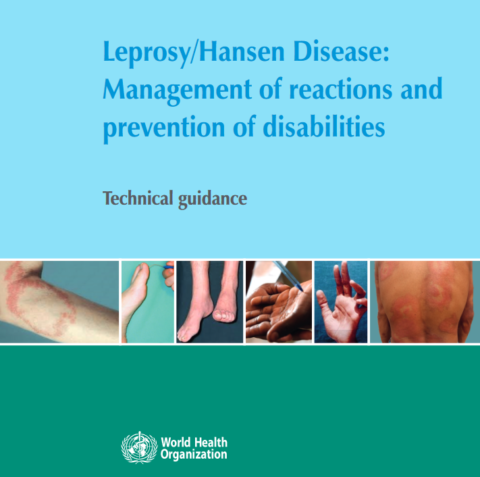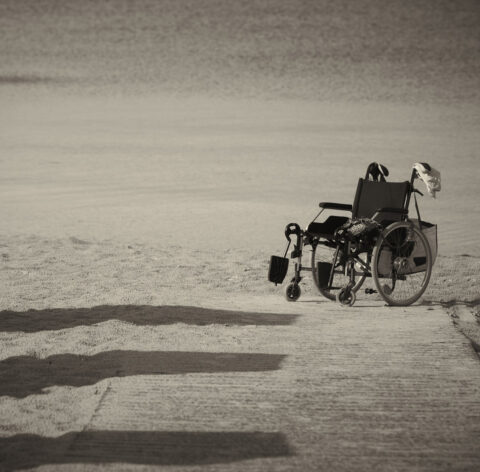
ILEP/NNN Guides on Stigma and Mental Wellbeing
ILEP Members and supporters care about stigma and discrimination. So we are proud to announce the launch of the all-new ILEP/NNN Guides on Stigma and Mental Wellbeing.
The Guides have been comprehensively rewritten to incorporate improved insights, align with current evidence, and make mental wellbeing an integral component of the series. They provide best-practice information and recommendations from various disciplines on how stigma manifests, how it can be reduced and the tools available to assess the experience of stigma and its effects on mental wellbeing. Although they focus on NTDs, the Guides are relevant for people working to address all forms of health-related stigma and promote mental wellbeing in their interventions, policies, trainings, care packages, evaluations or other services.
The complete series:
- What are health-related stigma and mental wellbeing? provides basic information about stigma and its causes and manifestations.
- How to reduce the impact of stigma, presents coping mechanisms for individuals and families at risk of stigma and provides practical tools for those who are working with them.
- How to reduce sources of stigma, focuses on interventions that can tackle the different sources of stigma in contexts such as the community, the health sector, service providers, institutions, law and policies and the media.
- How to assess health-related stigma and mental wellbeing, explains why it is important to assess stigma and mental wellbeing and describes qualitative and quantitative assessment methods and instruments. It also explains how to interpret and report the assessed findings.







